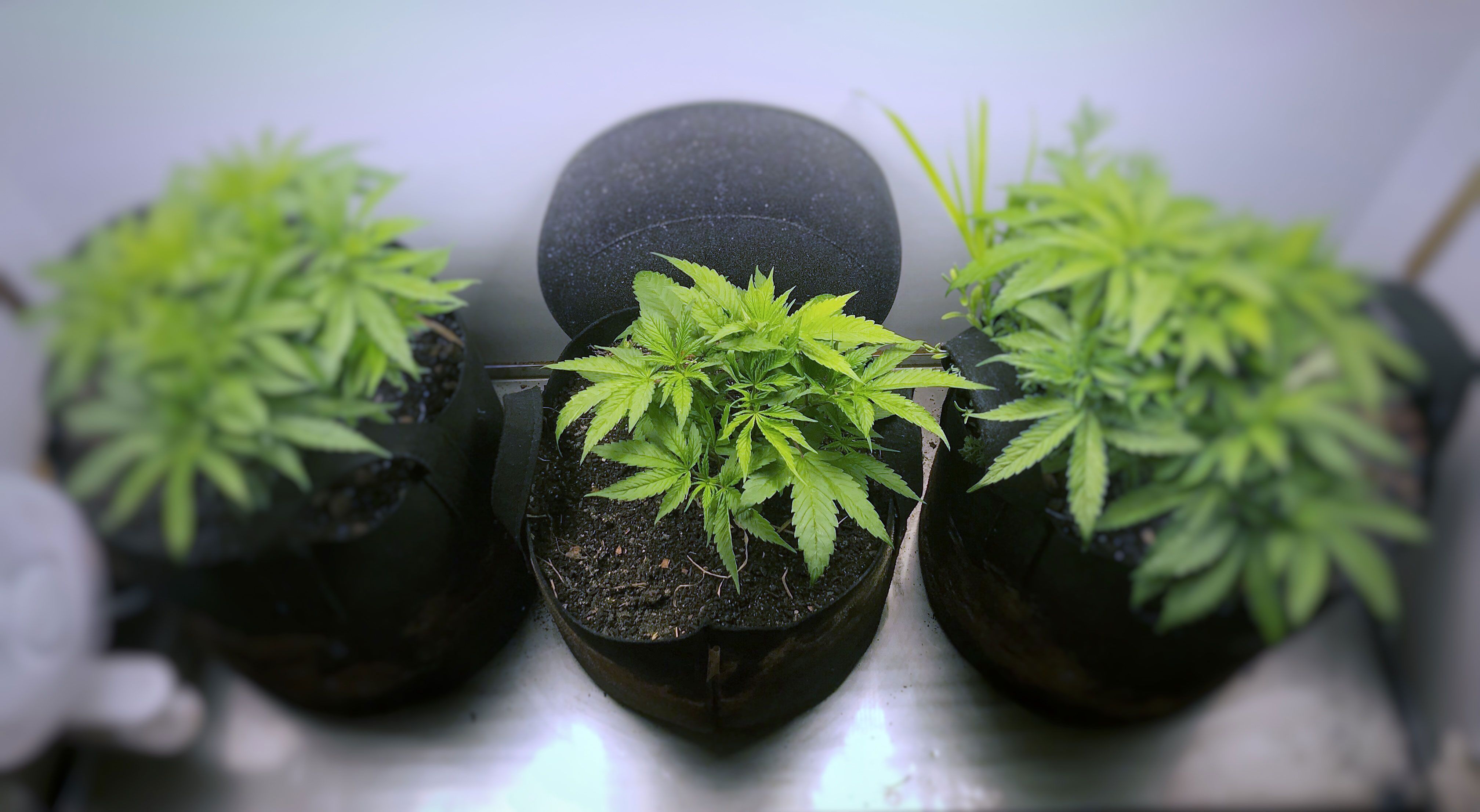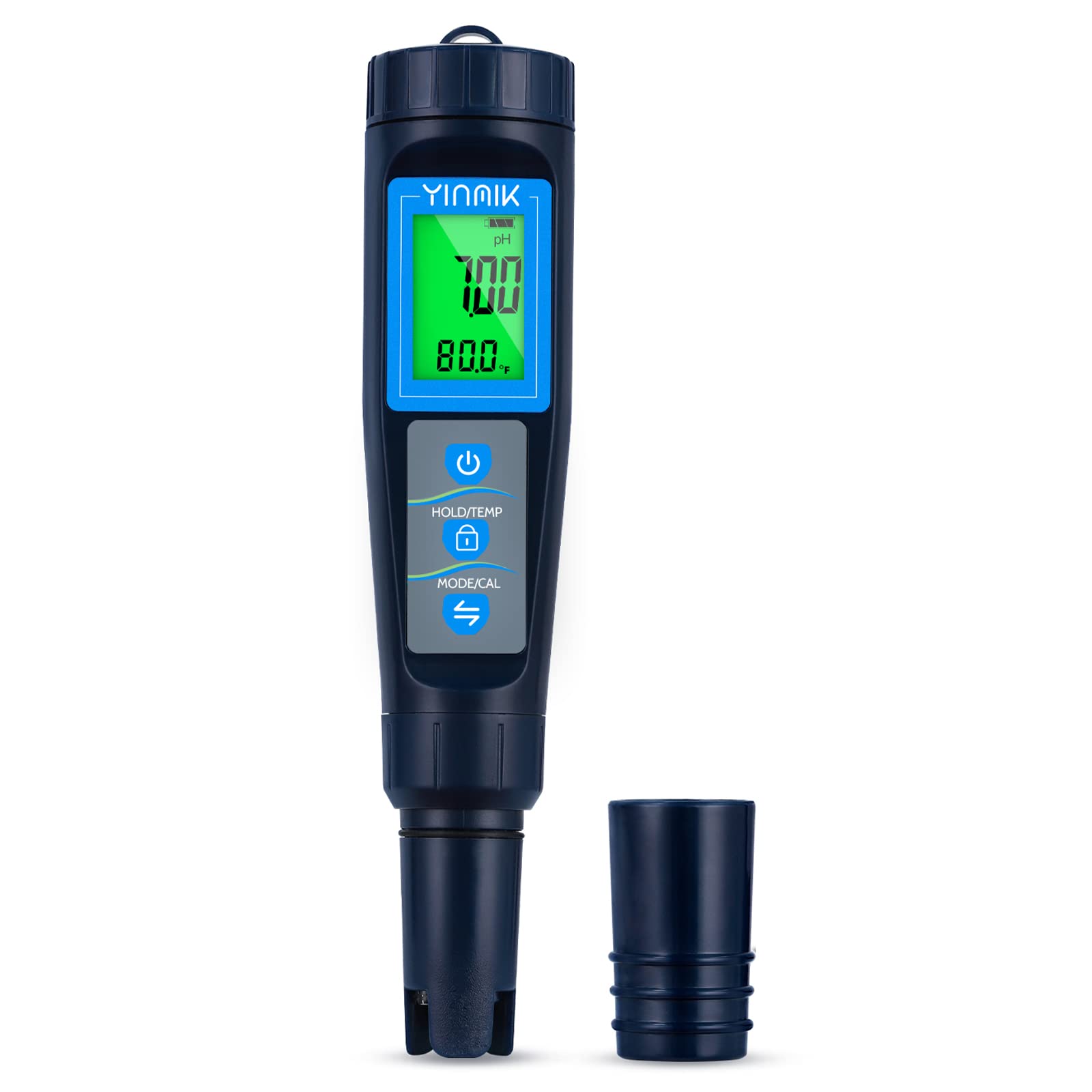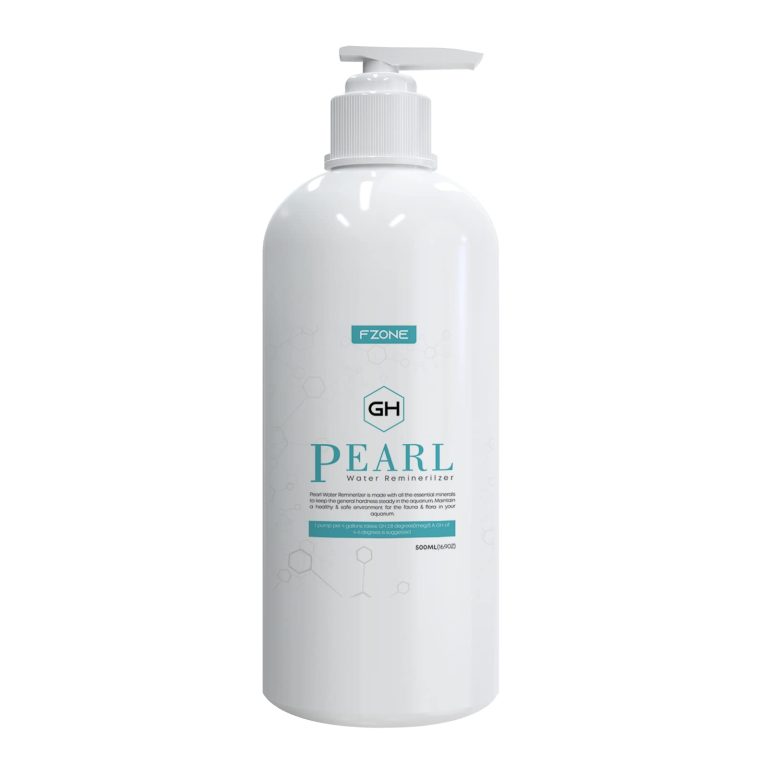How to Lower Tds in Aquarium: Expert Tips and Tricks
To lower tds in an aquarium, perform regular water changes and use a high-quality reverse osmosis (ro) filtering system. Maintaining proper water parameters is essential for the health and longevity of aquarium inhabitants.
Tds, or total dissolved solids, refers to the concentration of inorganic and organic substances present in aquarium water. If tds levels are too high, it can create a stressful environment for fish and other aquatic life. Fortunately, lowering tds is achievable through regular water changes and using a reliable ro filtering system.
In this guide, we’ll discuss various ways to manage tds levels, including testing and treating your water, selecting the right filtration equipment, and implementing best practices for aquarium maintenance. With these tips and tricks, you can create a healthy, thriving aquatic environment for your pets.

Credit: nymag.com
Understanding Tds And Its Effect On Aquariums
What Is Tds?
Total dissolved solids (tds) is the measure of the amount of mineral and organic matter present in aquarium water. It is the sum total of all the charged and uncharged particles dissolved in the water. In simple words, tds is the concentration of everything present in the water.
It includes minerals, gases, pollutants, and other organic matter.
How Tds Affects The Health Of Aquarium Inhabitants?
High tds levels can have a significant impact on the health of aquarium inhabitants. It can cause numerous problems such as stress, sickness, and even death. Here are a few ways high tds levels can affect the health of aquarium animals:
- High tds levels cause osmotic stress in fish, which makes it difficult for them to maintain a proper salt balance.
- High tds levels can cause gill damage, which makes it difficult for fish to breathe.
- High tds levels can also cause problems with ph, making it difficult for aquarium animals to maintain a healthy environment.
Why Is Controlling Tds Important In Aquariums?
Controlling tds is essential for maintaining a healthy aquarium. High tds levels not only affect aquarium animals but can also cause damage to the aquarium itself. Here are a few reasons why controlling tds is important in aquariums:
- Aquatic plants and animals require a specific environment to thrive. High tds levels can make it challenging for them to maintain that environment, which can lead to sickness and stress.
- High tds levels can cause water to cloud and make it difficult for aquarium animals to see and move around their environment.
- High tds levels can also lead to the build-up of algae and other harmful substances, which can make it difficult to keep the aquarium clean.
Maintaining the right tds levels is crucial for the health and well-being of aquarium animals. Proper monitoring and control of tds levels will help ensure a healthy and thriving aquarium environment.
Factors Contributing To High Tds Levels
Tds (total dissolved solids) levels in aquariums can have a significant impact on the health of your fish and plants. A high tds level can be harmful, thus understanding the factors that increase tds can help us prevent it. Below are some of the factors that contribute to high tds levels in aquariums.
Effect Of Water Source Quality On Tds
The quality of the water source is the most crucial factor in determining the tds level in aquariums. Most tap water sources have high tds levels due to the presence of minerals such as calcium, magnesium, and sodium. Water sources like well water, ro water, or distilled water have lower tds, making them better options for aquariums.
Role Of Substrate And Décor In Tds Accumulation
The substrate and decor in your aquarium can negatively impact its tds level over time. The accumulation of uneaten food, fish waste, and dead plant matter in the substrate can lead to an increase in tds, and so it is important to regularly remove any uneaten food and waste from the floor of the aquarium.
Role Of Fish Food And Supplements In Tds
Fish food and supplements can have a significant impact on the tds levels in aquariums as well. Poor quality food and supplements can lead to an increase in tds levels, as they often contain fillers and additives with high tds.
To minimize the impact of fish food and supplements, always choose a high-quality, nutritious diet for your fish.
Impact Of Waste Buildup, Overfeeding, And Poor Maintenance On Tds Levels
Waste buildup, overfeeding, and poor maintenance practices can contribute significantly to a rise in tds levels. Overfeeding your fish or failing to remove excess food can lead to the accumulation of uneaten food and waste in the substrate, leading to an increase in tds levels.
Poor maintenance like infrequent water changes and filter cleanings can also result in a buildup of tds. To avoid these problems, practice good maintenance and cleaning practices in your aquarium, and always feed your fish the correct amount.
By understanding the factors that contribute to high tds levels, you can better manage your aquarium and ensure the health and vitality of your fish and plants.
Expert Tips To Lower Tds Levels In Aquarium
Maintaining the water quality in an aquarium is crucial for the well-being of aquatic pets. Total dissolved solids (tds) is one of the essential parameters that need constant checking. High tds levels can cause harm to fish, leading to stress, low immunity, and even death.
Every fish keeper must take measure to lower tds levels to keep their pets healthy and happy. Here are some expert tips to lower tds levels in an aquarium:
Regular Water Changes And Maintenance Routine
Regular water changes are one of the best ways to lower tds levels in an aquarium. It is highly recommended to replace 20-30% of the aquarium water once a week to maintain water quality. The frequency may vary depending upon the number of fish, plants, and filter size.
Along with water changes, scrubbing the aquarium interior, cleaning the filter, and removing uneaten food, and debris contribute to a healthy aquarium environment.
Choosing The Right Type Of Water Quality Enhancers
Water quality enhancers like water conditioners, dechlorinators, and bacteria starters can help improve the water quality of an aquarium. It is crucial to select the right types of water quality enhancers and follow their instructions carefully. Always research and check the ingredients of the product before using it in an aquarium.
Installing A Reverse Osmosis (Ro) System
An ro system is an excellent choice to reduce tds levels in an aquarium. An ro system is incredibly efficient in removing contaminants, impurities, and minerals, which helps ensure optimal water quality. Do note that installing an ro system requires further investment, as it’s one of the expensive ways to lower tds levels.
Using Chemical Filtration Methods
Chemical filtration media like activated carbon, phosphate removers, and other specialized filtration media can help remove different types of impurities in an aquarium. Researching the right chemical filtration media and following instructions is essential to avoid any undesirable result in the water quality of an aquarium.
Managing Feeding Habits And Waste Buildup
Overfeeding and poor waste management can lead to increased tds levels in an aquarium. It is recommended to feed the fish small amounts per feeding to avoid leftovers resulting in waste build-up. It’s also essential to remove uneaten food, debris, and waste regularly.
Managing feeding habits and waste build-up drastically improves the quality of the aquarium water.
Lower tds levels are crucial for a healthy and thriving aquarium environment. Regular water changes, choosing the right water quality enhancers, installing an ro system, using chemical filtration methods and managing feeding habits and waste build-up are some ways to lower tds levels in an aquarium.
Following these expert tips not only ensures a healthy aquarium environment but also prolongs the lifespan of aquatic pets.
Effective Alternatives For Lowering Tds In Aquariums
Aquarium hobbyists know how important it is to ensure good water quality for their aquatic pets. One crucial aspect of maintaining a healthy environment for aquarium inhabitants is keeping total dissolved solids (tds) levels in check. Excess tds can lead to a range of problems, such as cloudy water, algae growth, and poor fish health.
If you’re looking for effective alternatives for lowering tds in your aquarium, keep reading!
Natural Ways To Control Tds Levels
If you’re looking for natural, chemical-free ways to remove tds from your aquarium, consider the following options:
- Frequent water changes: Regular water changes are one of the easiest and most effective ways to lower tds levels. Replace around 10-15% of the tank volume with fresh water once a week to keep tds levels in check.
- Use reverse osmosis (ro) water: Ro water is produced by filtering out impurities from tap water, including tds. Using ro water for your aquarium can help reduce tds levels over time.
- Monitor feeding habits: Overfeeding can lead to excess waste, which can contribute to tds buildup. Be sure to feed your fish only what they can consume and clean up any uneaten food.
Use Of Specific Types Of Chemical Filtration Media
There are various types of chemical filtration media that can help reduce tds levels in aquariums. These include:
- Activated carbon: Activated carbon is a popular type of filtration media that helps remove impurities from water. It’s particularly effective at removing organic compounds that can contribute to tds levels.
- Polyfilter: Polyfilter is another type of filtration media that can help remove impurities and lower tds levels. It’s easy to use and can be left in the filter for up to a month.
- Peat moss: Peat moss is a natural filtration media that can help lower ph levels and reduce tds levels. Place a small amount of peat moss in a filter bag and add it to your filter for best results.
Use Of Specialty Resins And Deionization
Specialty resins and deionization methods are ideal for high-tech aquarium setups with a need for precise control of tds levels. Some options to consider include:
- Ion exchange resins: Ion exchange resins work by swapping charged ions in the water for others. They’re particularly effective at reducing tds levels in high-tech aquarium setups.
- Deionization: Deionization is a process that removes all ions from the water, resulting in a tds level of zero. This method is ideal for aquariums that require extremely low tds levels.
Considerations For Lowering Tds Levels In High Tech Aquarium Setups
If you have a high-tech aquarium setup with specialized equipment, consider the following tips for lowering tds levels:
- Test water frequently: Use a reliable tds meter to test your aquarium water on a regular basis. This will help you keep track of changes in tds levels and adjust your filtration methods accordingly.
- Use a combination of filtration methods: High-tech aquarium setups often require a combination of filtration methods to keep water quality optimal. Consider using a mix of activated carbon, ion exchange resins, and deionization as needed.
- Be cautious when adding supplements: Some supplements can contribute to tds buildup, so be cautious when adding new products to your aquarium. Monitor tds levels carefully after adding any new supplement.
By following these tips, you can effectively lower tds levels in your aquarium, ensuring a healthy and happy environment for your aquatic pets.
Frequently Asked Questions On How To Lower Tds In Aquarium
What Is Tds In Aquarium Water?
Tds (total dissolved solids) is the measure of all inorganic substances dissolved in the water.
What Causes High Tds Levels In Aquarium Water?
High tds levels can be caused by the accumulation of wastes, chemicals, and minerals in the water.
How Does High Tds Affect Aquarium Life?
High tds levels can cause stress and harm to aquatic life, leading to illness or death.
What Are Some Ways To Lower Tds In Aquarium Water?
Ways to lower tds in aquarium water include partial water changes, using reverse osmosis water, and reducing feeding and additives.
Conclusion
As an aquarium owner, it’s important to keep a close eye on the total dissolved solids (tds) levels in your tank. High levels of tds can cause harm to your aquatic pets. Thankfully, there are several straightforward and effective ways to lower the tds levels in your aquarium.
Start by conducting regular water changes and using high-quality filtration systems. Consider adding live plants and reducing the amount of food you feed your fish. Avoid overstocking your aquarium, and make sure to keep it clean and well-maintained. By following these simple steps, you can keep your aquatic pets healthy and happy, and maintain a beautiful aquarium for years to come.
Remember, monitoring and maintaining tds levels is crucial for success in aquarium keeping!






